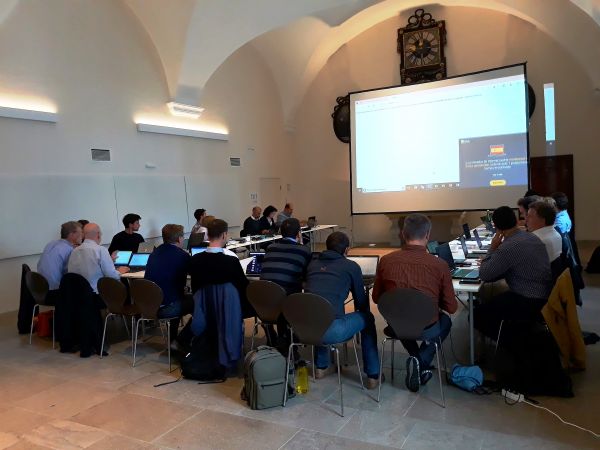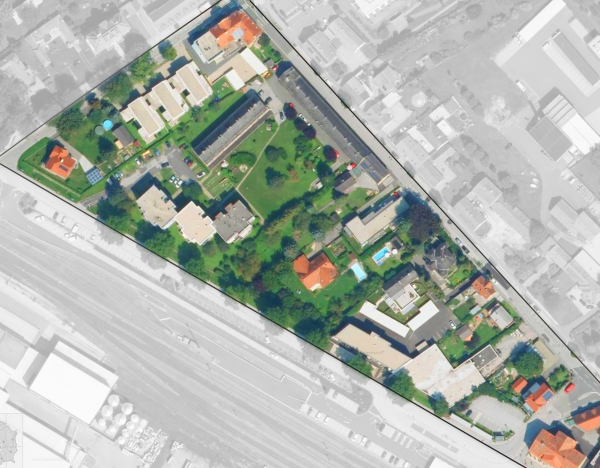IEA EBC Annex 75: Cost-effective Building Renovation at District Level Combining Energy Efficiency & Renewables
Short Description
Buildings represent one of the largest emitters of greenhouse gases. Reducing energy consumption and the associated greenhouse gas emissions is particularly challenging for existing buildings. This is because, in contrast to new construction, refurbishment often involves overcoming architectural or technical hurdles to achieving low greenhouse gas emissions and low energy demand, and furthermore, the range of cost-effectiveness for high-quality refurbishments is often lower than for new buildings.
The transformation of existing buildings into low-(st)emission, low-energy buildings is a challenge especially in cities, where many buildings still largely rely on (decentralised) heat supply from fossil fuels. However, it is precisely here that solutions must be developed by means of efficient, sustainable local/district heating networks.
In the context of reducing greenhouse gas emissions and energy consumption of buildings in cities, it is important to know which strategies are most cost-effective. In particular, it is important to find the right balance between energy efficiency measures and renewable energy measures. While this topic has been studied at the level of individual buildings in the IEA EBC Annex 56 "Energy, Emissions and Cost Optimised Building Retrofit", this project focuses on the study of cost-effective strategies to reduce greenhouse gas emissions and energy consumption of buildings in settlements and urban districts. Energy efficiency measures on the building envelope and building and supply technology are to be combined with measures for the use of renewable energy sources. The aim is to offer support to decision-makers, companies and building owners in order to renovate the building stock in cities in a cost-efficient way towards low energy consumption and low greenhouse gas emissions.
Given the constraints of available funding and the large number of investments required, the identification of cost-effective strategies is of great importance. The target group of the project includes the following stakeholders: Policy makers and municipal staff (energy supply, spatial planning, ...), companies active in the energy sector: local and regional energy companies, utilities, construction and installation companies as well as architects, engineers and project promoters, and building owners, especially building associations.
Project Images
Terms of use: The pictures listed underneath the header “Project Pictures” originate from the projects in the frame of the programmes City of Tomorrow, Building of Tomorrow and the IEA Research Cooperation. They may be used credited for non-commercial purposes under the Creative Commons License Attribution-NonCommercial (CC BY-NC).
Participants
Austria, Belgium, China, Czech Republic, Denmark, Germany, Italy, Netherlands, Norway, Portugal (lead), Spain, Sweden, Switzerland
Contact Address
DI Dr. Ingo Leusbrock
AEE – Institut für Nachhaltige Technologien
Feldgasse 19
8200 Gleisdorf
DI (FH) Patrick Lüftenegger
Salzburger Institut für Raumordnung und Wohnen – SIR
Schillerstraße 25
5020 Salzburg
Mag. Jan Peters-Anders
AIT Austrian Institute of Technology
Giefinggasse 4
1210 Wien



